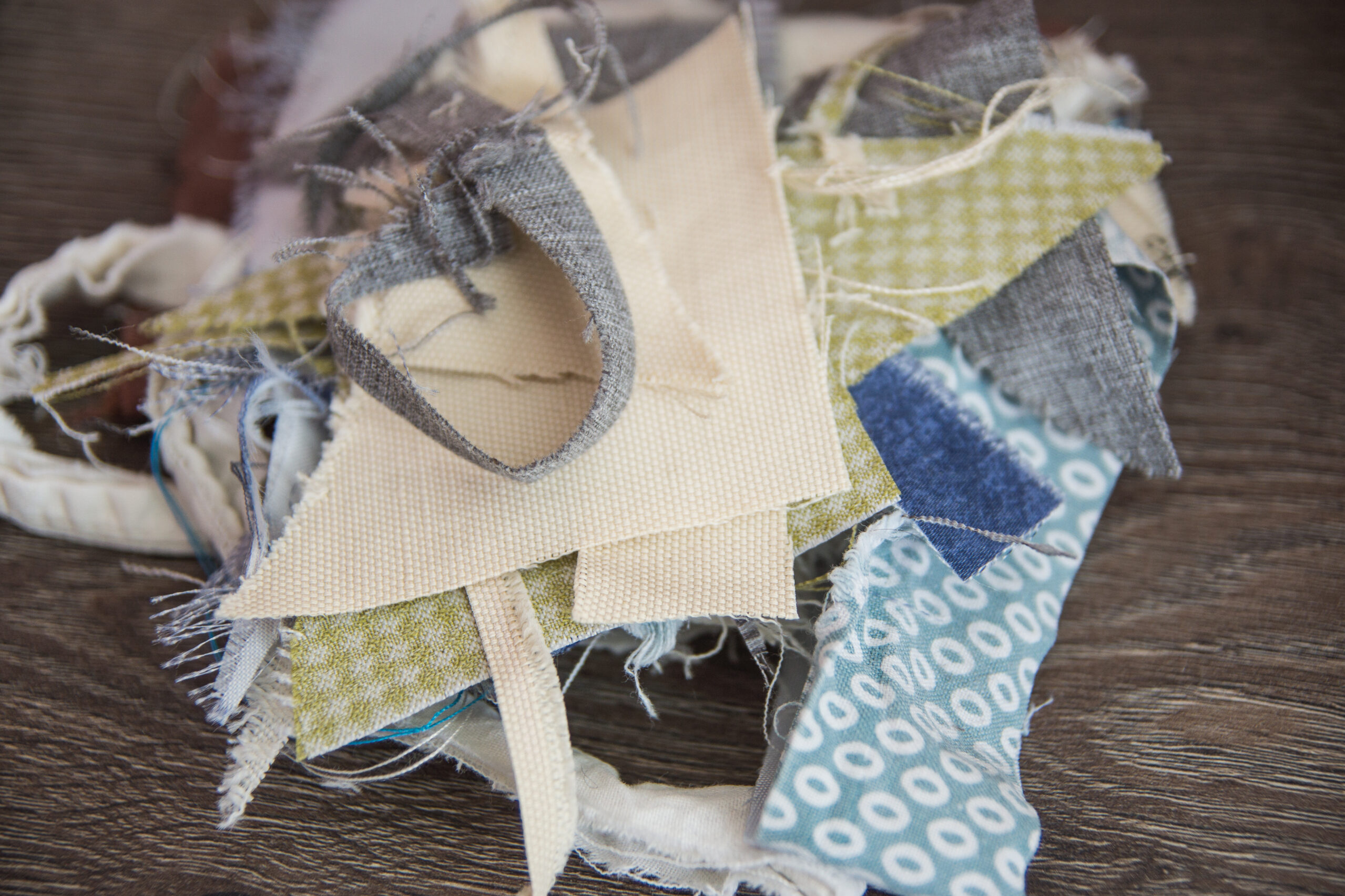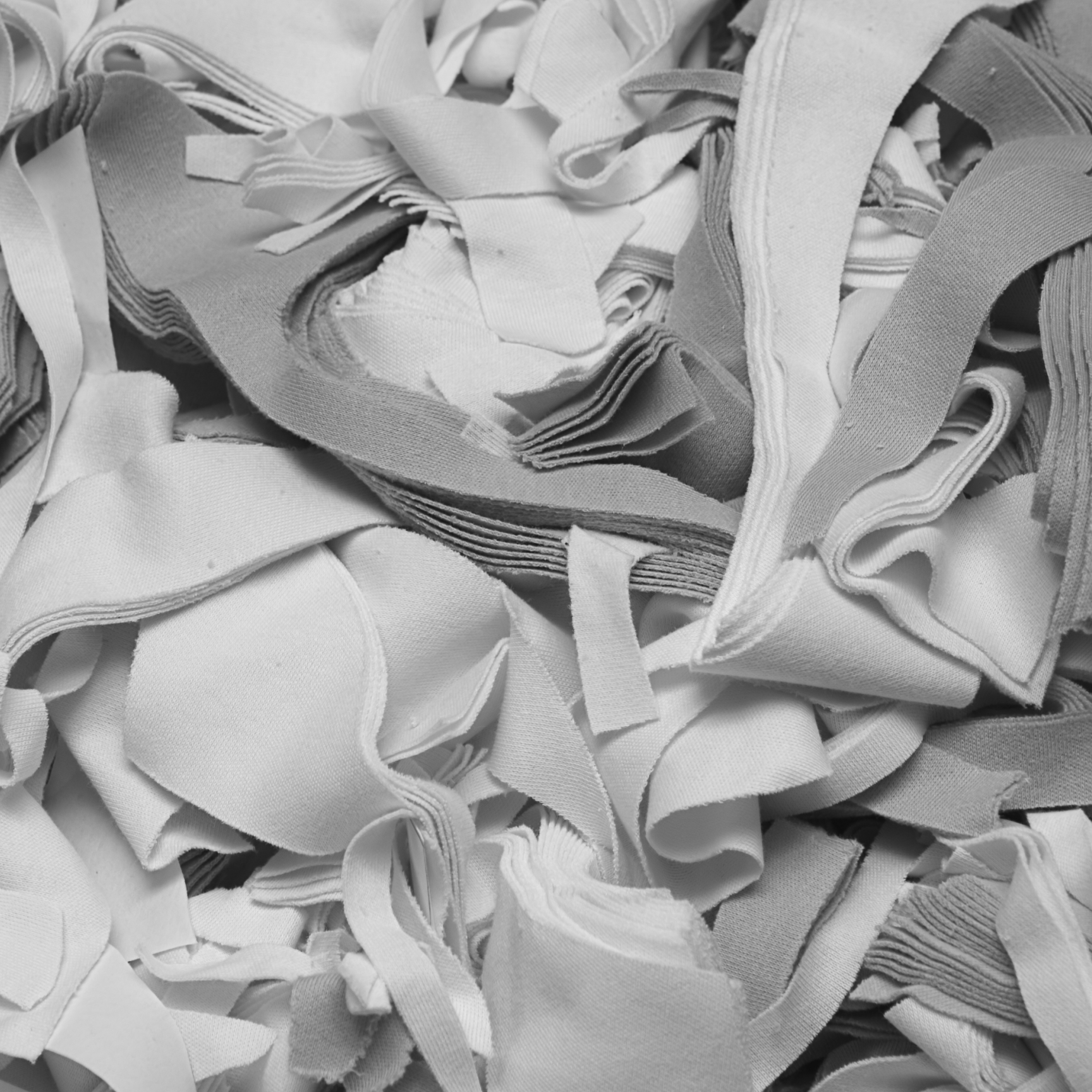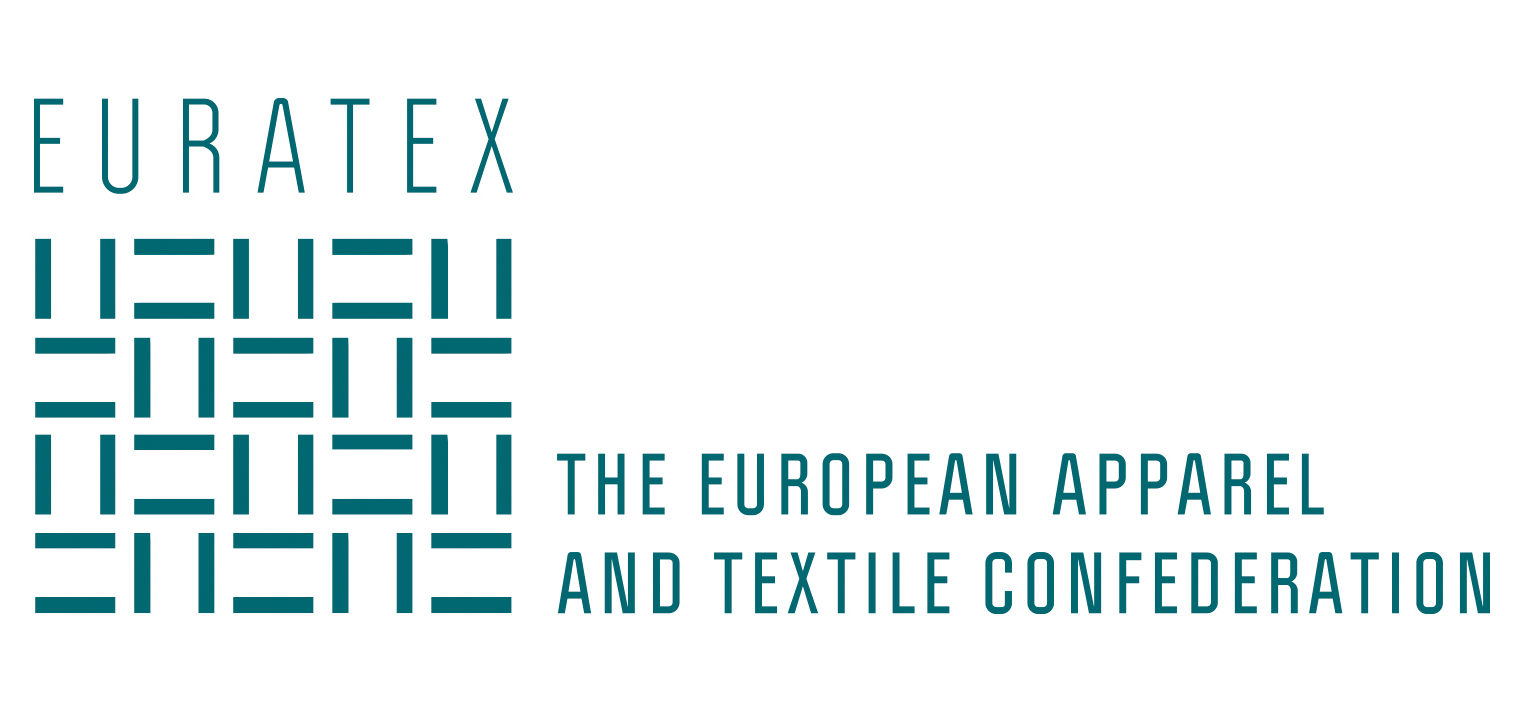An economy is circular when the value of products, materials and resources is kept in, for as long as possible. The generation of waste is reduced, and recycling is a reality. For the textile sector, in particular, circular economy implies also new ways of designing, producing and choosing products.
The European textile industry has been pioneering new types of sustainable products and re-using different types of materials, such as jeans or plastic bottles. These examples are the avant-garde of circular textile, and yet, higher costs, technical difficulties and legislation limit the number of cases.
While the industry is working on making circularity a reality, the EU is pioneering policies for sustainable goods and production. The main reference is the Circular Economy Action Plan, released in March 2020. The action plan aimed at changing the way products are made and consumed, by focusing on some key sectors like the textile, and resulted in the EU Strategy for Sustainable and Circular Textiles.
The strategy can provide great opportunities for the sector, as long as it fixes real challenges and does not neglect SMEs.
EURATEX conducted an extensive bottom-up consultation, which resulted in a strategy that identifies problems, proposes new solutions, rethinks the global textile value chains and thrive in a circular economy.

Principles guiding EURATEX’s actions
Balancing high environmental objectives and competitiveness of EU companies.
Development and adoption of eco-design and new circular business models.
Promoting research and innovation to boost the EU recycling value chain.
Ensuring a level playing field for EU and imported products through standardisation, legislative coherence and effective market surveillance.
Raise awareness of public authorities and consumers to increase the demand for sustainable products.
Pursue a strong partnership between policy and value chain stakeholders.
Cooperation
REHUBS

EURATEX’s ReHubs initiative supports investments into textile recycling capacity to generate fiber-to-fiber recycling of 2.5 million tons of textile waste by 2030.
According ReHubs Techno Economic Master Study, the textile recycling industry could reach economic, social and environmental benefits of the value of up to €4.5 billion by 2030 and generate in Europe around 15,000 direct new jobs by 2030, supporting nearshoring and reshoring of textile manufacturing.
CISUTAC

The Horizon Europe project CISUTAC aims to remove current bottlenecks in textile management to increase the circular use of textiles in the EU, and to minimise the environmental impact of the sector.
Within CISUTAC, EURATEX leads the work on advancing the circular economy uptake and creating a dialogue with wider stakeholders. That includes developing a shared vision on strategies for a more circular and sustainable EU textile sector, which will be used to advise the project on strategic directions, to identify relevant innovation gaps and possible solutions emerging from CISUTAC, as well as providing policy input to facilitate the transition to circularity.
